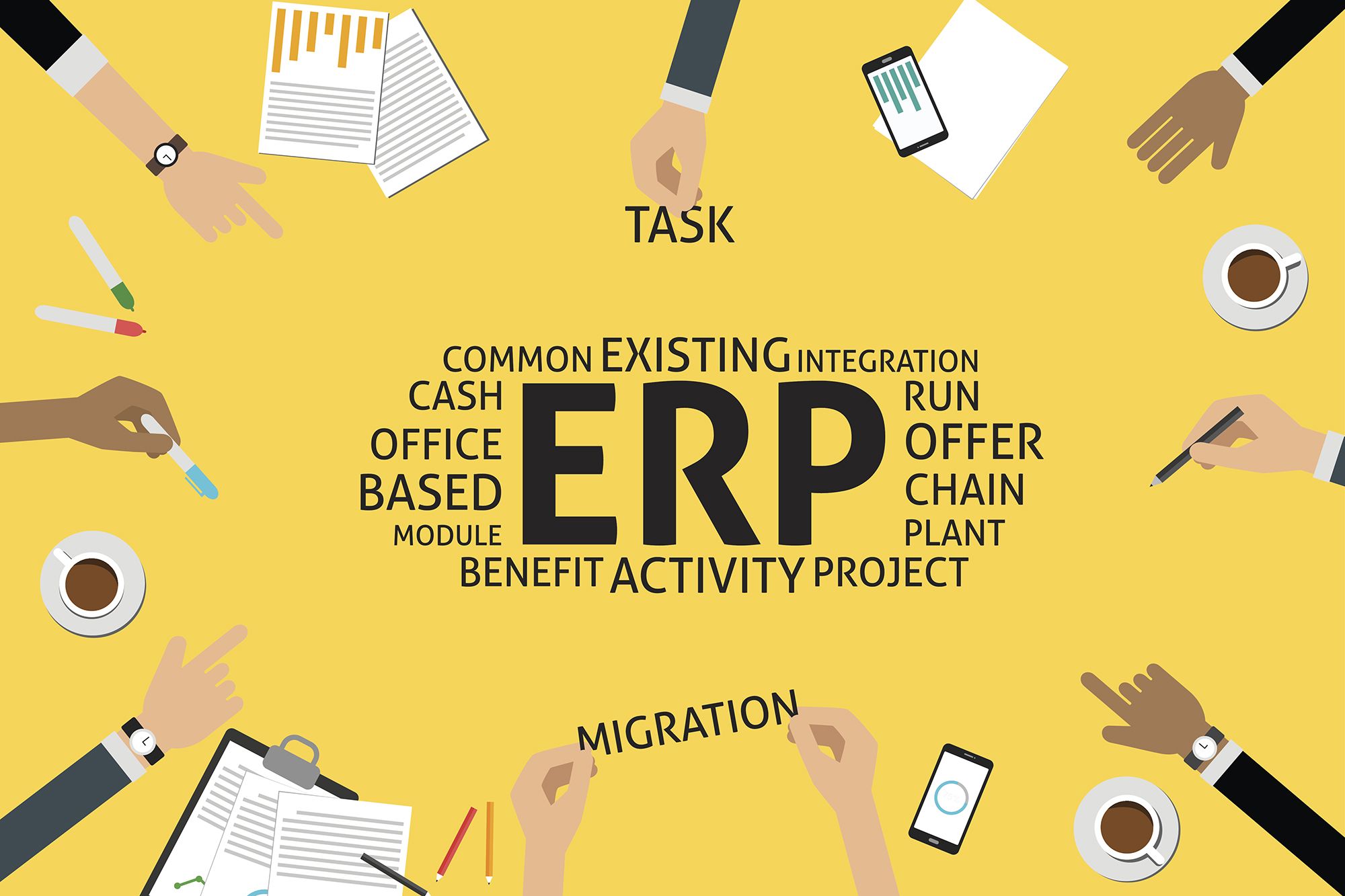Blog: Solving 6 Common Challenges of ERP and Application Integration

When an enterprise decides to embark on a modernization plan, one of the primary end goals is to increase its business agility. Greater agility allows enterprises to be more competitive, serve customers at a high level, and drive revenue in new ways. A company might want to connect its EDI platform to its ERP via ERP integration or it might want better visibility over trading partner transactions.
Once an enterprise makes the commitment to modernize its IT systems to increase agility, what exactly does that entail? For starters, organizations must consider shifting their legacy applications and processes to the cloud but simultaneously maintain operational uptime between front-end and back-end systems.
It’s tricky because companies must add modern SaaS applications, such as an ERP, CRM, or HRM, into their ecosystems without any type of business disruption, but those disruptions become more likely without the proper API integration tools. So, if your business is looking at an ERP upgrade, it is worth considering a simultaneous integration technology upgrade to ease the process and enable any other application integrations.
ERP and Application Integration Challenges
While the promises of ERP and application integration are vast, it isn’t as if an IT admin simply needs to push a button to make everything integrate smoothly. In fact, there are a number of potential hurdles that enterprises must clear in order to successfully onboard these new solutions and achieve their IT modernization goals.
Here are some of the common ERP and application integration challenges that businesses face today and details on how a modern integration platform will help enable a smoother ERP upgrade.
- Brittle integrations
An often-overlooked aspect of application integration concerns how tightly coupled an application can be. Applications that are tightly coupled with other systems (think operating systems) are not only linked but are highly dependent upon each other to support a specific process. These applications become especially difficult to migrate and do not react well to updates and changes, and they are brittle and costly to modify.
- Limited capabilities
Many ERP applications are not properly integrated within an enterprise’s IT environment, and it directly affects how fast and how well a company interacts with its customers. Customer response time lags when employees are trying to work across different applications or business processes that are not equipped to work together, and when an enterprise falls behind in response time, it’s at risk of SLA violations and subpar customer service scores.
- Lack of internal expertise
Integration of ERP and other applications often requires specific skills, and on-staff personnel may not have those skills or always understand the entire integration process, which hinders the effectiveness of any business digital transformation initiative as well as slows time to value for the new application.
- Manual business processes
An unintegrated ERP application often means there are manual processes driving these related workflows. A lack of automation presents an increased risk of errors, processing delays, and a potential for costly chargebacks. Properly designed application integration eliminates the need for things like data re-entry and expedites end-to-end business workflows.
- Multiple integration solutions
Many enterprises have multiple integration solutions in place and may not be able to execute the integration of any new application. Having various integration solutions to manage requires numerous specialized skills and training, which only increases maintenance costs, reduces efficiency, and limits enterprise-wide integration capabilities.
- Multiple applications
It’s not uncommon for an enterprise to have dozens or even hundreds of different applications (including CRM, SCM, TMS, etc.) in use, and trying to integrate a new ERP with all these applications with custom-coded, one-off integrations becomes unwieldy and unmanageable. It’s unscalable, but a modern integration platform with pre-built connectors to the most popular solutions helps take the complexity out of application integration.
A Centralized Platform
Companies face an uphill battle when it comes to integrating ERP and other applications into their enterprise, but there is technology out there to help you win that battle. A single, centralized platform enables the out-of-the-box connectivity and scalability your business needs, reduces integration complexity, and simplifies your biggest integration challenges.
A single-platform integration solution will:
- Connect the best-of-breed applications that enable your business
- Grow with you and allow you to switch out applications and dynamically change data flows as quickly as you need
- Reduce the need for individuals to become application integration experts
- Enable your business to integrate confidently
An ecosystem-driven cloud integration platform provides a centralized console that enables you to manage, govern, and integrate cloud-based applications into existing IT infrastructure. Cleo Integration Cloud features tools to scale an enterprise’s performance needs, add product functionality, and secure data to meet all manner of industry and regulatory mandates.
Core to any ERP and other major application upgrades, Cleo Integration Cloud enables process automation and reduces the effort previously required to build and maintain the critical data mapping and file transfers that drive your business.
Download “The Common-Sense Guide to IT Modernization” to learn more about how to improve your application integration through IT modernization and how an ecosystem-driven integration platform enables that improvement through enterprise agility, insulates organizations from disruption, and support digital business transformation.

About Cleo

Watch a Demo

Comprehensive Guide to Gaining B2B Control

Duraflame Case Study
